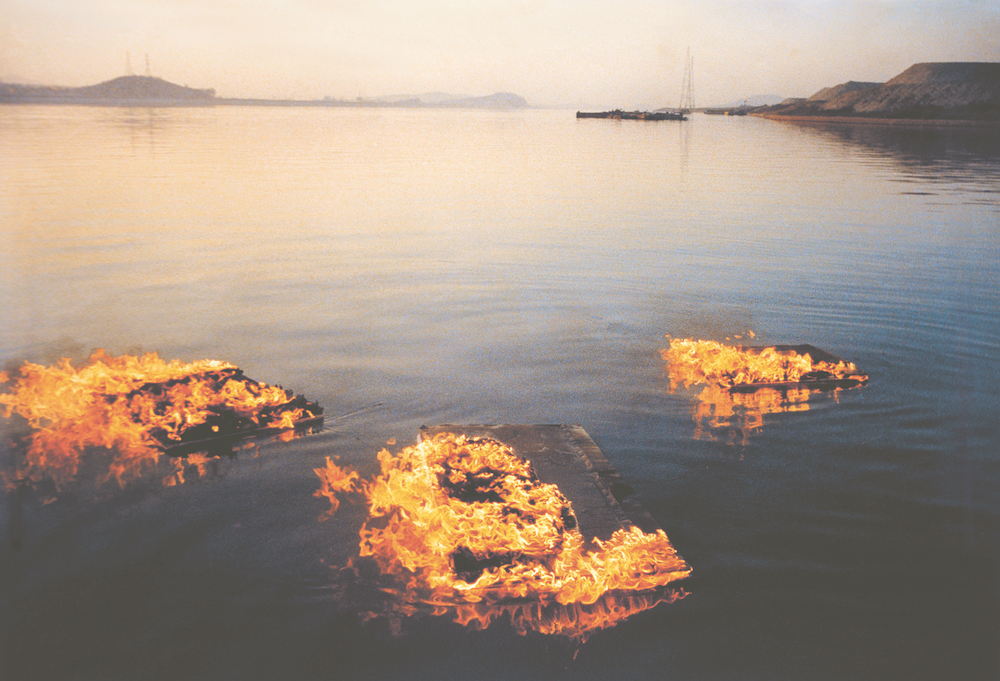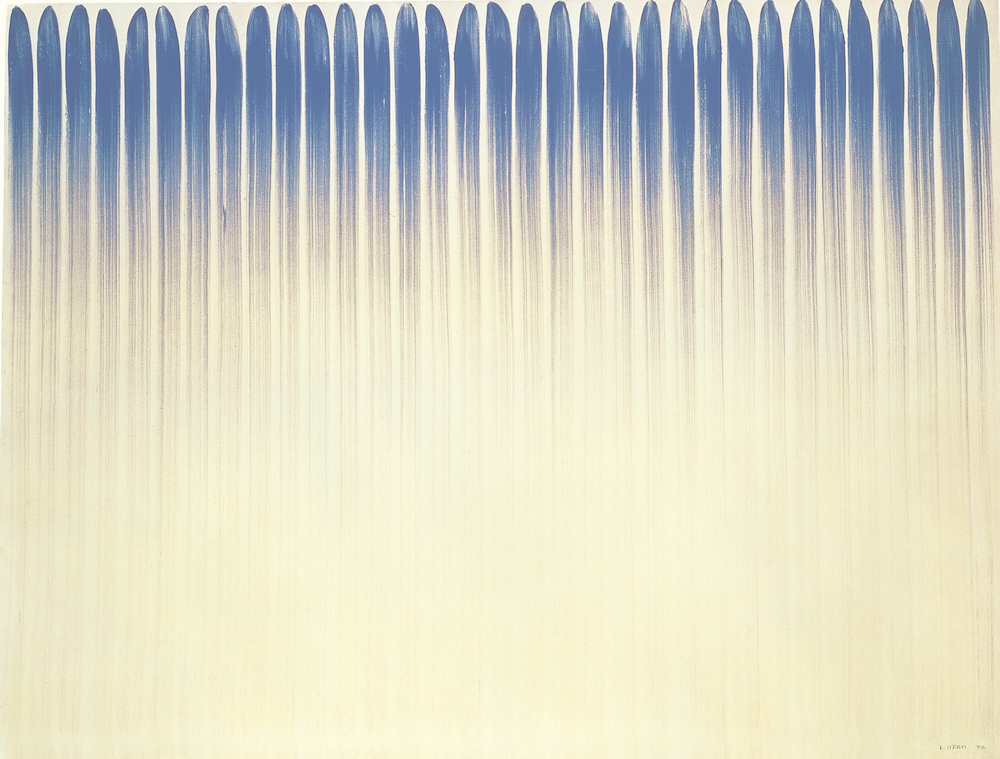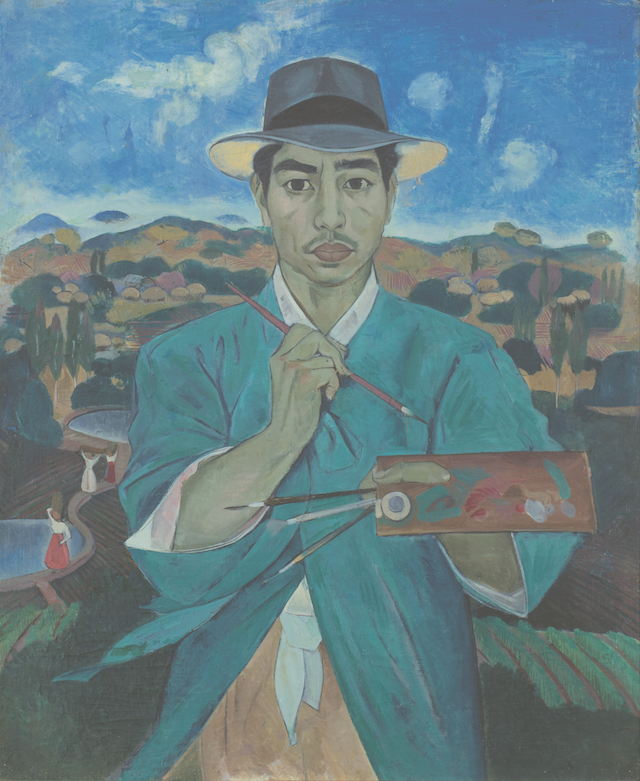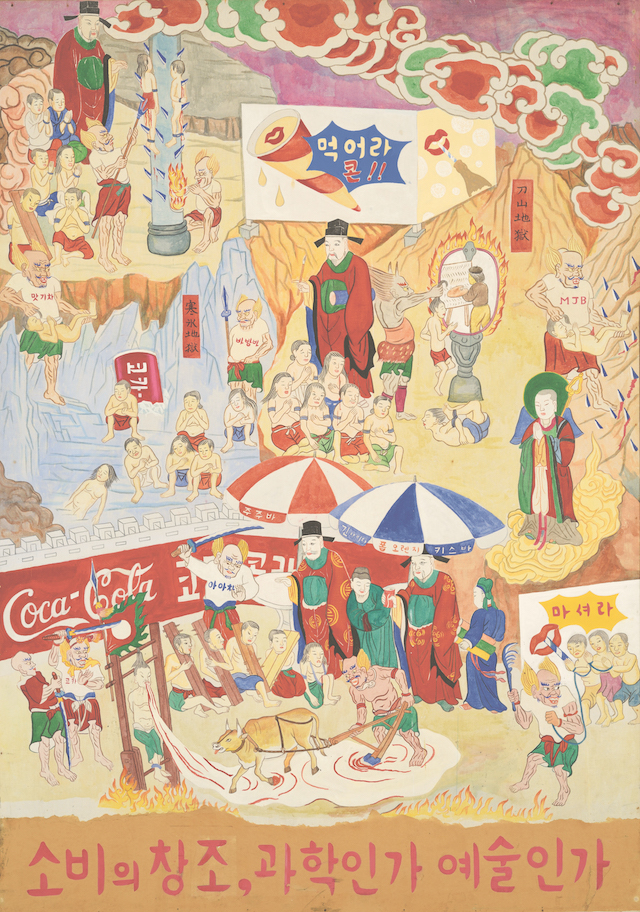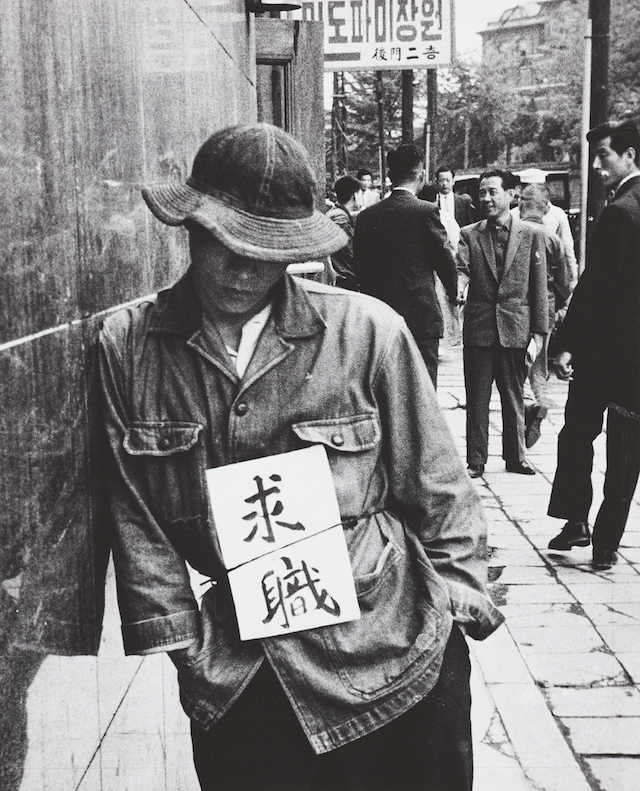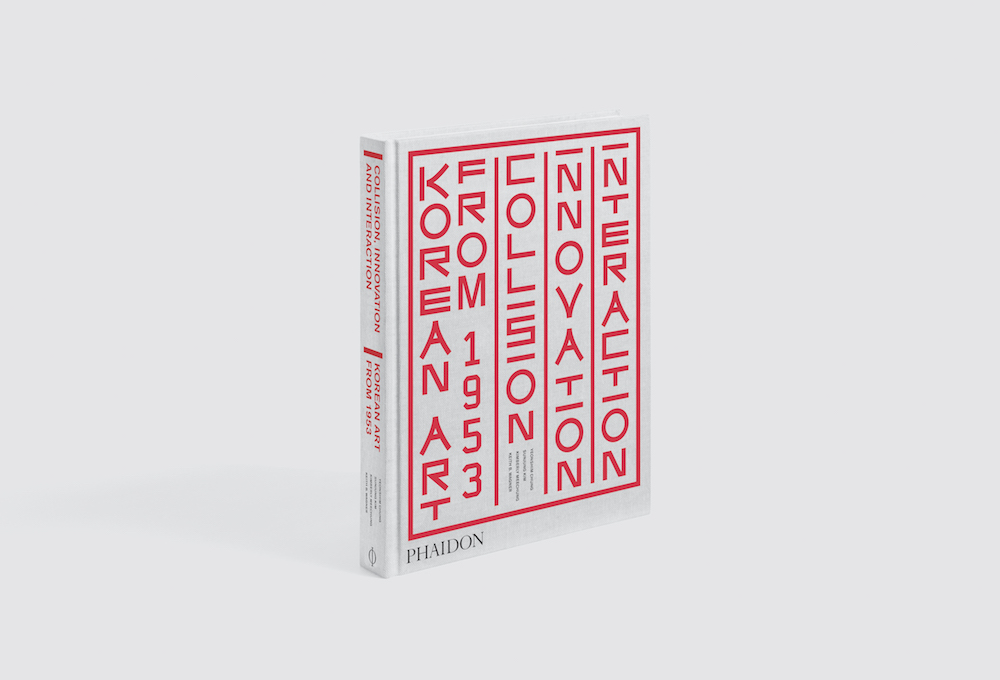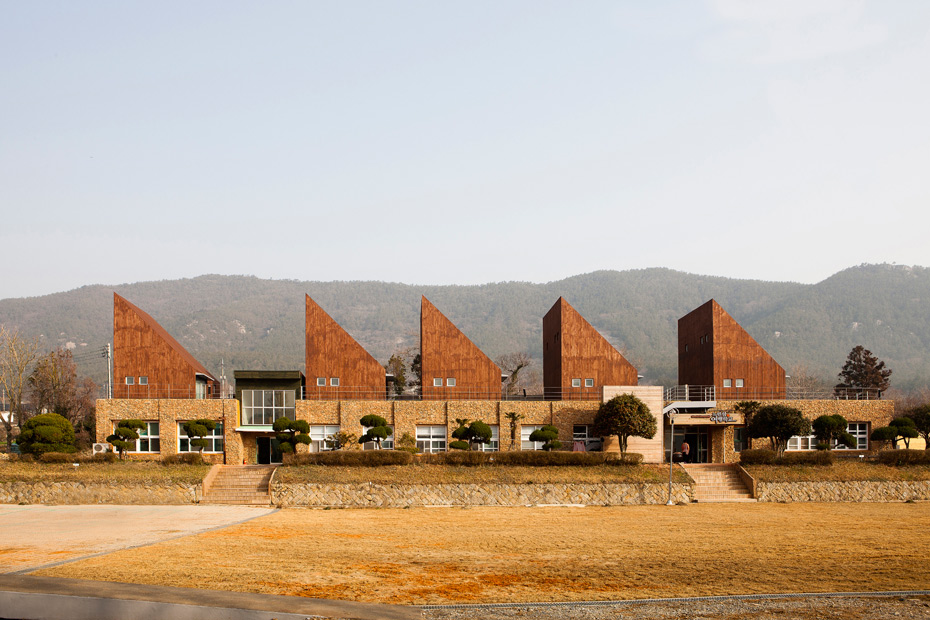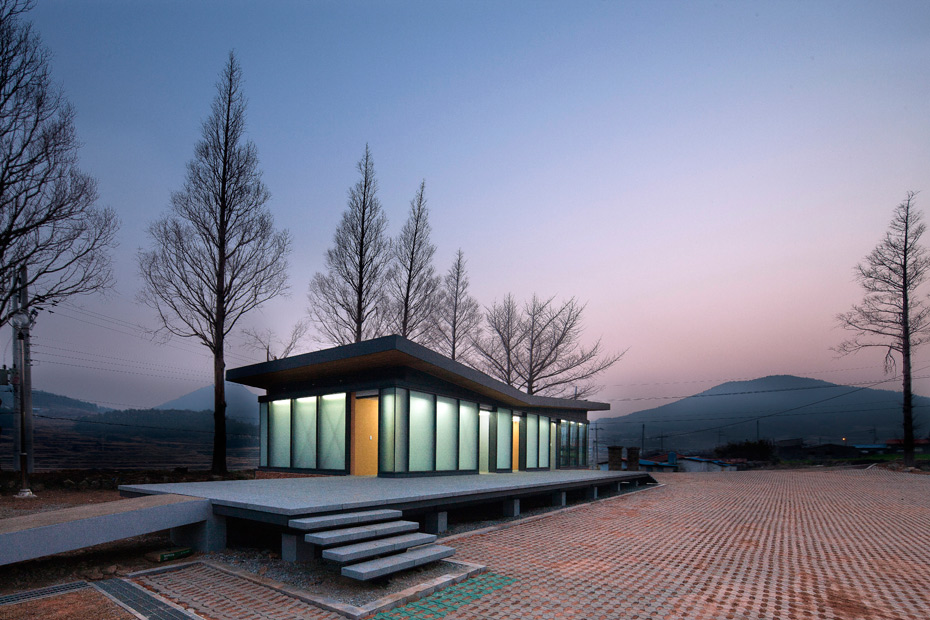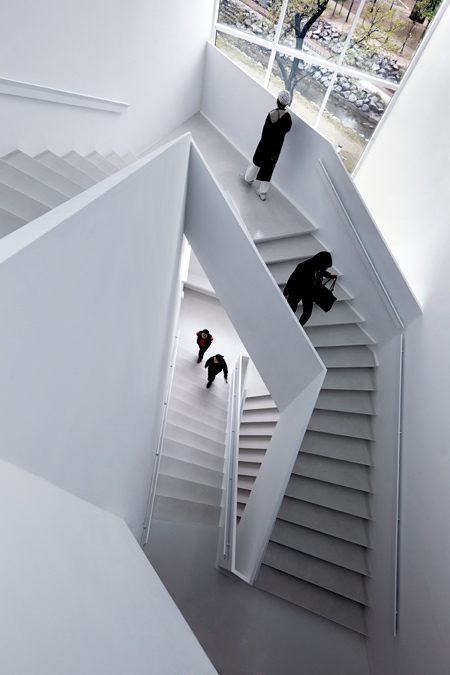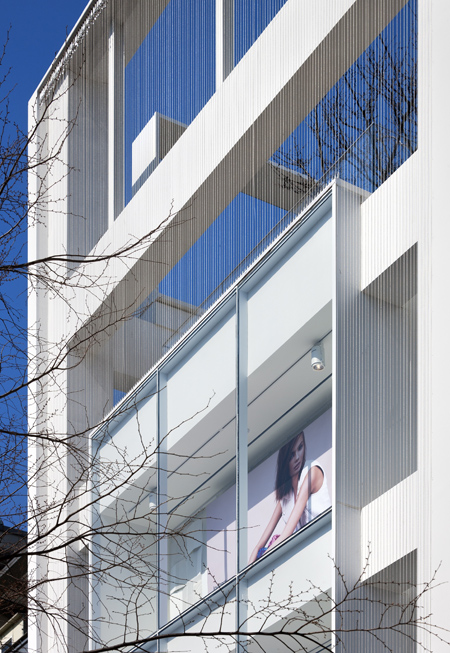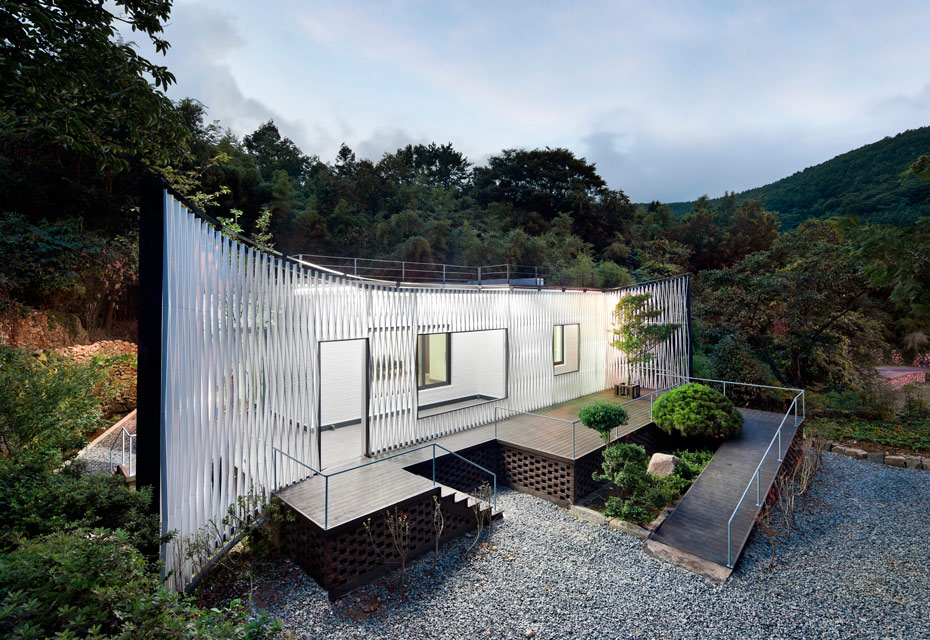Michael Lundgren questions the impact of humanity in a celestial series shot in the deserts of the American southwest, Mexico and Lebanon

A photographer’s inaugural picture can speak plenty, perhaps setting the tone, the subject matter or direction addressed in the future. Michael Lundgren, a USA-based photographer known for his visual pilgrimages into the deserts of Mexico, Arizona and Utah, first picked up a camera at the age of eight. Using an old twin lens, he recalls wandering outside and observing the ferocious vision of a tree in autumn. Deciding to capture it, he framed the tree on a waste level finder and, despite thinking he’d heard the shutter sound, he never found out if the tree actually appeared to be on fire in his image. He hadn’t put any film in the camera.
Although this isn’t the case for all photographers, Michael’s debut into the medium – by means of a tree on fire, not so much the lack of film – undeniably hit a chord with the young creative. To such lengths that he chose to constantly surround himself in the wonders of the environment, capturing earth’s glory and preciousness with the delicacies of his frame and eye for the supernatural. “I grew up immersed in the natural world and found my time there to be as so many have described it: a spiritual experience,” he tells me. “Time in the landscape felt more like coming home than travelling far. As I became a young man, I watched the fields and woods that surrounded my home transform into suburbs and parking lots – my awareness of the earth as a limited resource grew side by side with these changes. On a few journeys to western United States, I feel deeply in love with the desert, its extremities of light and dark, and a certain vastness of space only found in arid places.”

Having worked in his profession since the 90s, Michael has gone on to publish three monographs: Transfigurations, Matter and Geomancy, all of which illustrate the otherworldliness of the desert through an exploration of both the artificial and the natural, perceived through his signature non-documentary style of fantasy blended with environmentalism. Geomancy, in this instance, comprises a book and new exhibition of the same name, currently on view at The Museum of Photography in Seoul, Korea, and running until the end of the month. The series itself pulls together 39 photographs in total and explores the artist’s deep inquest into the subject matter of desert located in the American southwest, Mexico and Lebanon.
Eery, crystal sharp, and minutely detailed in its approach, each and every photograph appears to have been plucked from a film of science fiction. Its theatricality and alien representation – achieved through zoomed in photos of prickly cacti, metallic sheens of rock faces, and hauntingly desolate landscapes – gives the work an unnerving feel, like the scenes themselves have come from a world far from our own. Familiarity is a distant word throughout Michael’s Geomancy, and that’s precisely his aim with the entire body of work; because he himself started out slightly bemused. “Geomancy began with a handful of pictures I didn’t understand,” he says, citing this as the way he always kicks off a project. “When a picture confronts me that I don’t understand, a shift occurs, one that I’m barely conscious of. A new line of questioning is formed.”

“With this work,” he continues, “I began to see the earth as a series of messages that wouldn’t offer up their meaning easily. From the geologic to the human traces found there, the earth itself began to feel like a surface drawn upon over and over again, each layer a sign of something both knowable and unknowable. A palimpsest.” The latter being something that’s been reused or altered but still visible of its earlier form, which is an apt description of Michael’s photographic tendency to manipulate the landscape. “The desert and arid lands in general have a different relationship with time. As my brother Erick Lundgren says, ‘The desert remembers, the forest forgets.’ The notion here is that what has happened and what is happening is simultaneously present in the desert. As if there is a continuum of awareness. My hope with Geomancy was to create a body of work where the earth itself oozed with memory.”
Crafted over the course of four years in multiple countries, the majority being deserts in Mexico and the USA, Geomancy indeed sings with a life of its own. The desert has rich visual connotations; aliens, droughts, beaming sun, the lack of wind and rain, road trips or tornados. In an American context, for example, the term Great American Desert was used in the 19th century to name the western part of the Great Plains, located just shy of the Rocky Mountains in the north. Today, the land is more commonly referred to as the High Plains, and sometimes used to describe North America and parts of Mexico. These treeless, uninhabited lands have made appearances throughout art for decades, the more obvious in Western films or dystopian thrillers.

In Michael’s Geomancy, these desolate ecosystems are given an equally as incongruous meaning as they float between the supernatural and the manmade. “I’m interested in the place in our experience that exists just before conscious recognition, where the world is unrecognisable to degree and then suddenly there is a shift and our brain registers the world,” he adds on the matter. “Think of waking up from a shallow nap and not fully understanding where you are, or taking a walk in the dark of night. What we see in these spaces is not the literal confirmed world but an abstract one where our imagination is able to function. Photography has this wonderful ability to somersault from the abstract to the literal and I hope the images sit within this liminal space.”
Achieving just that, Geomancy opens up the enclave of consciousness, where the viewer is unintentionally asked to make sense of what’s in front of them: an image that appears to be from both the past, present and the future. With such a profound grasp of time and travel, Michael’s work gives an affirmed nod to the celestial, but more so does it raise awareness to the impeachable – and enduring – impact of humankind. Speaking of a memorable story from making the series, Michael turns me to a trip in Campeche, Mexico: “I hired a Mayan guide to take me into a series of caves. We set off in the mid-afternoon, which turned into a five-hour journey through the narrowest passages you could imagine. Deep in the heart of these caves, he brought me to a reliquary and gestured to a ledge of ochre stone before us –
‘These are the bones of my ancestors who dies here hiding from the Spaniards’.
What struck me was that even the inside of the earth holds the memory of the human.”
Michael’s Geomancy is currently on view at The Museum of Photography, Seoul, until 26 June 2021. All photography courtesy of the artist.






